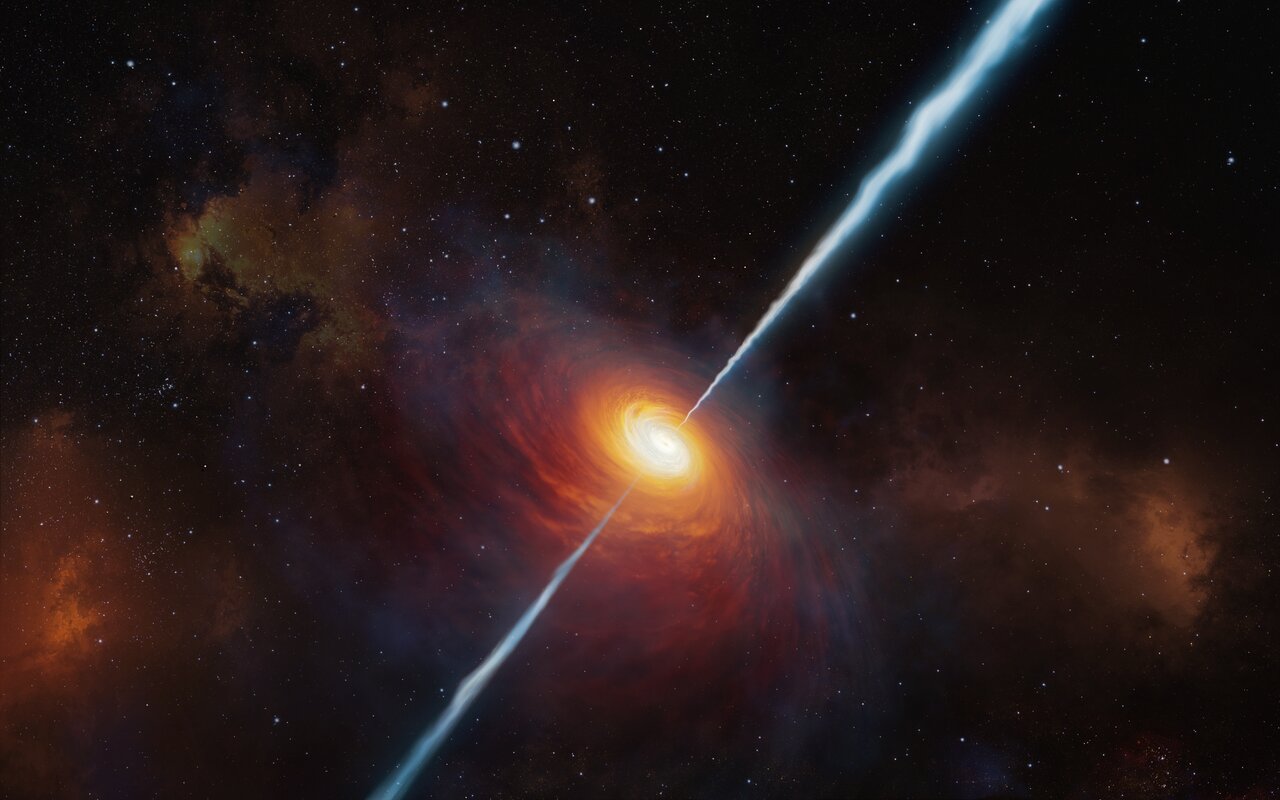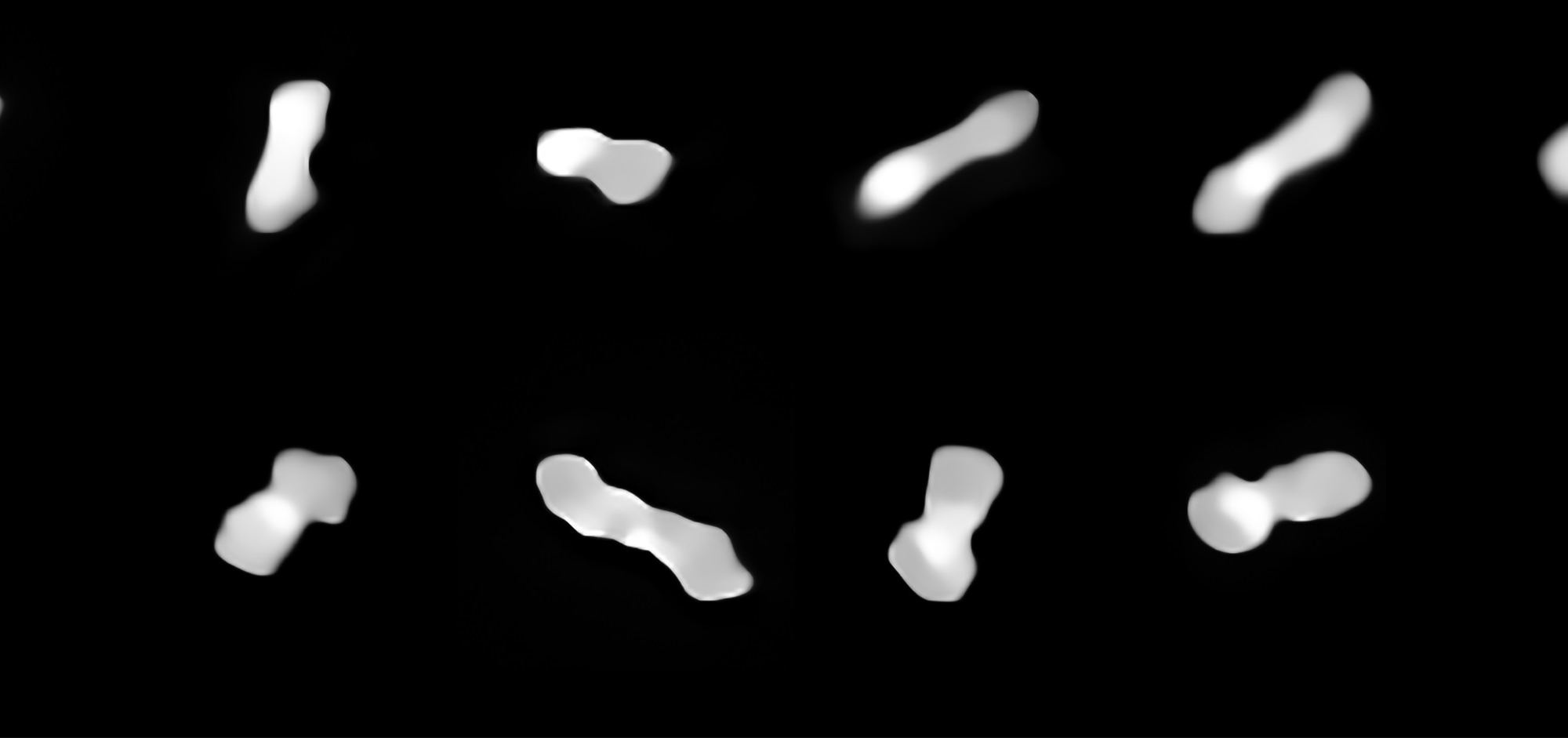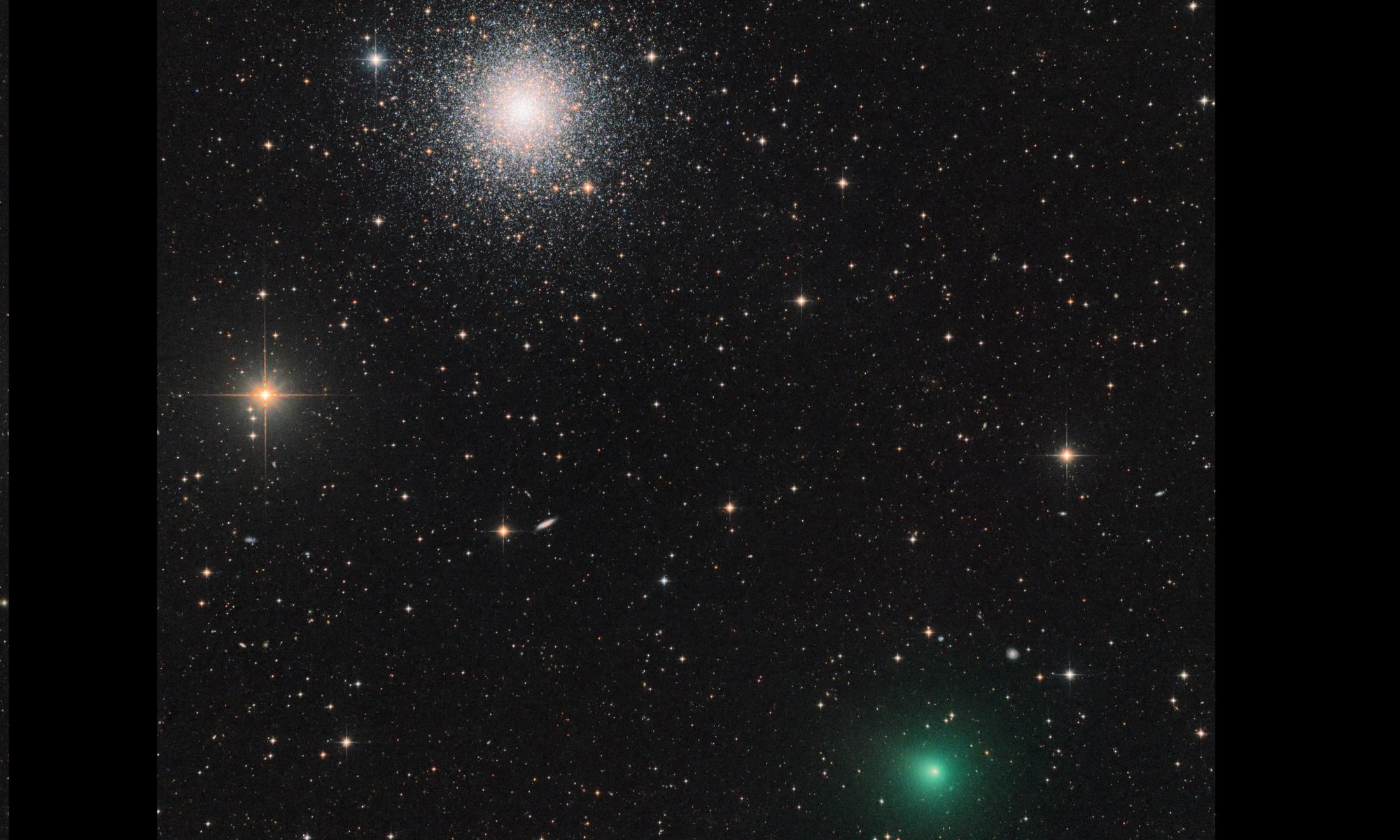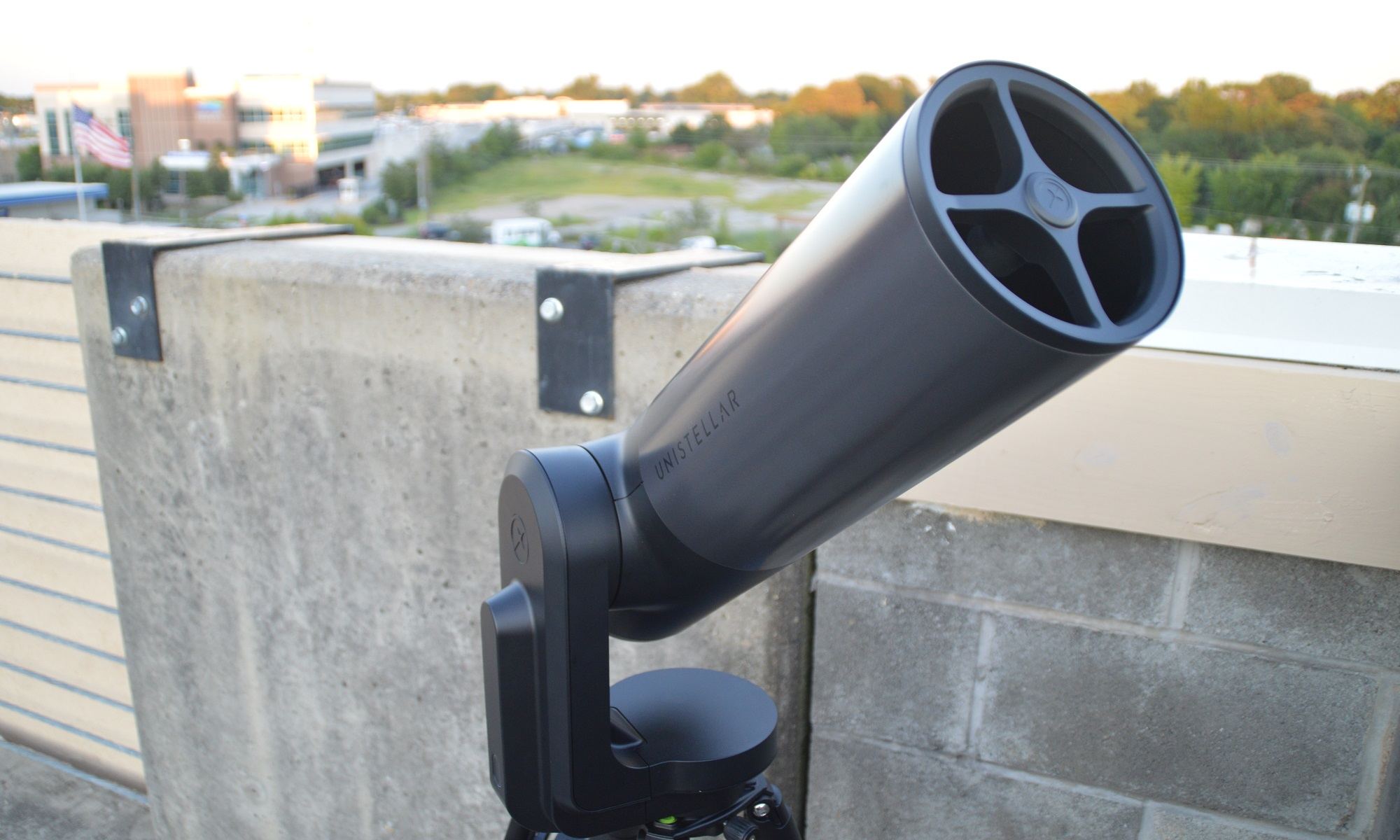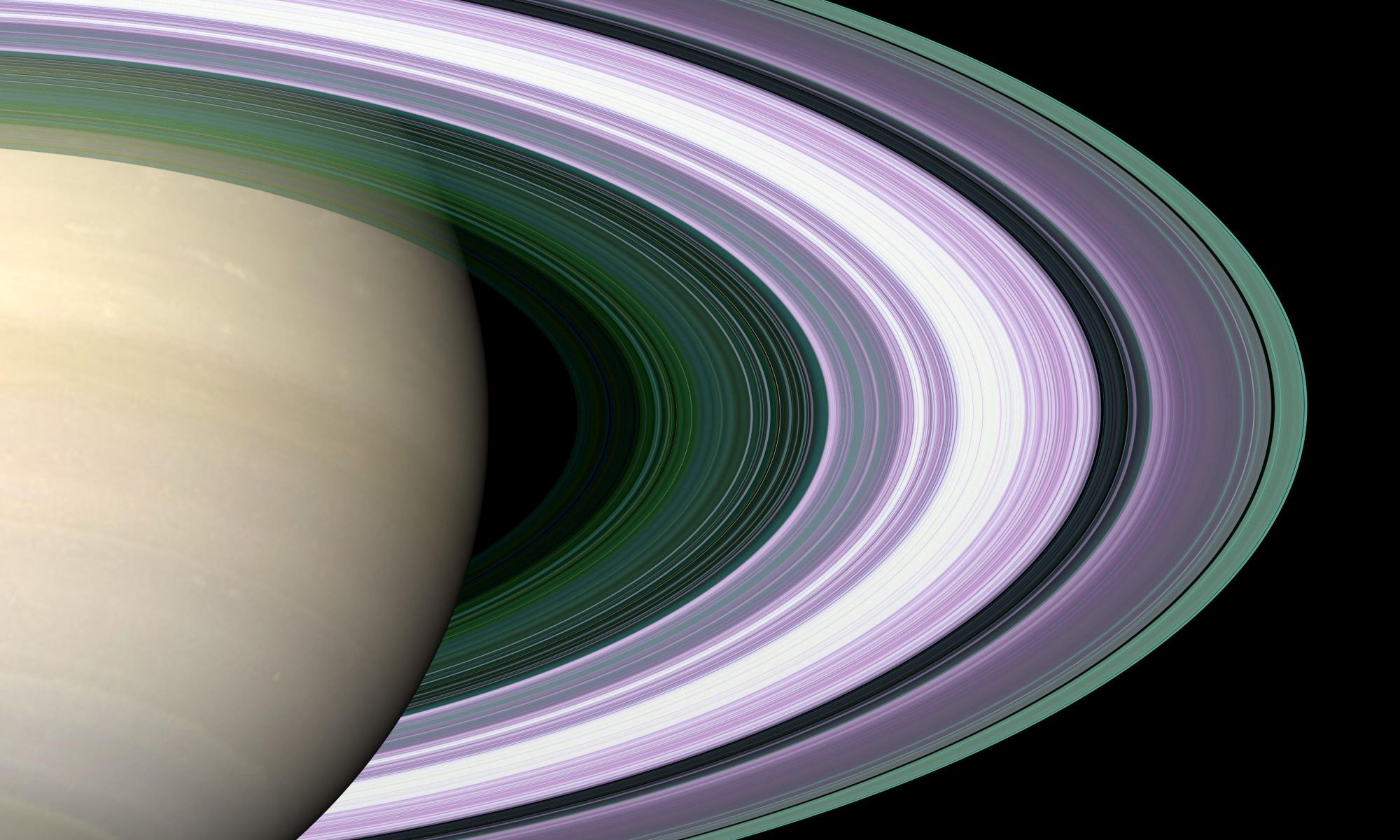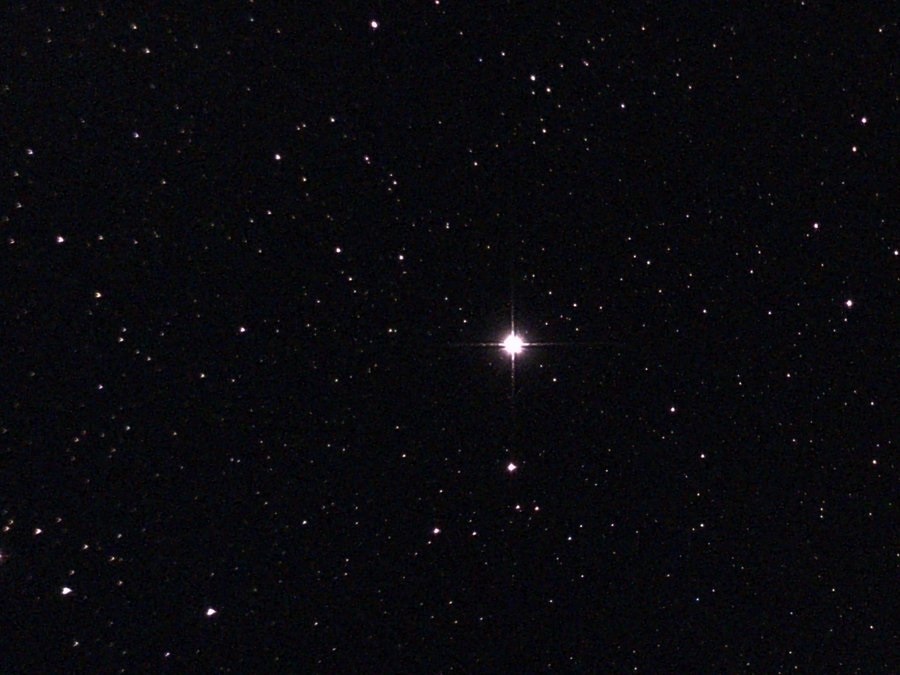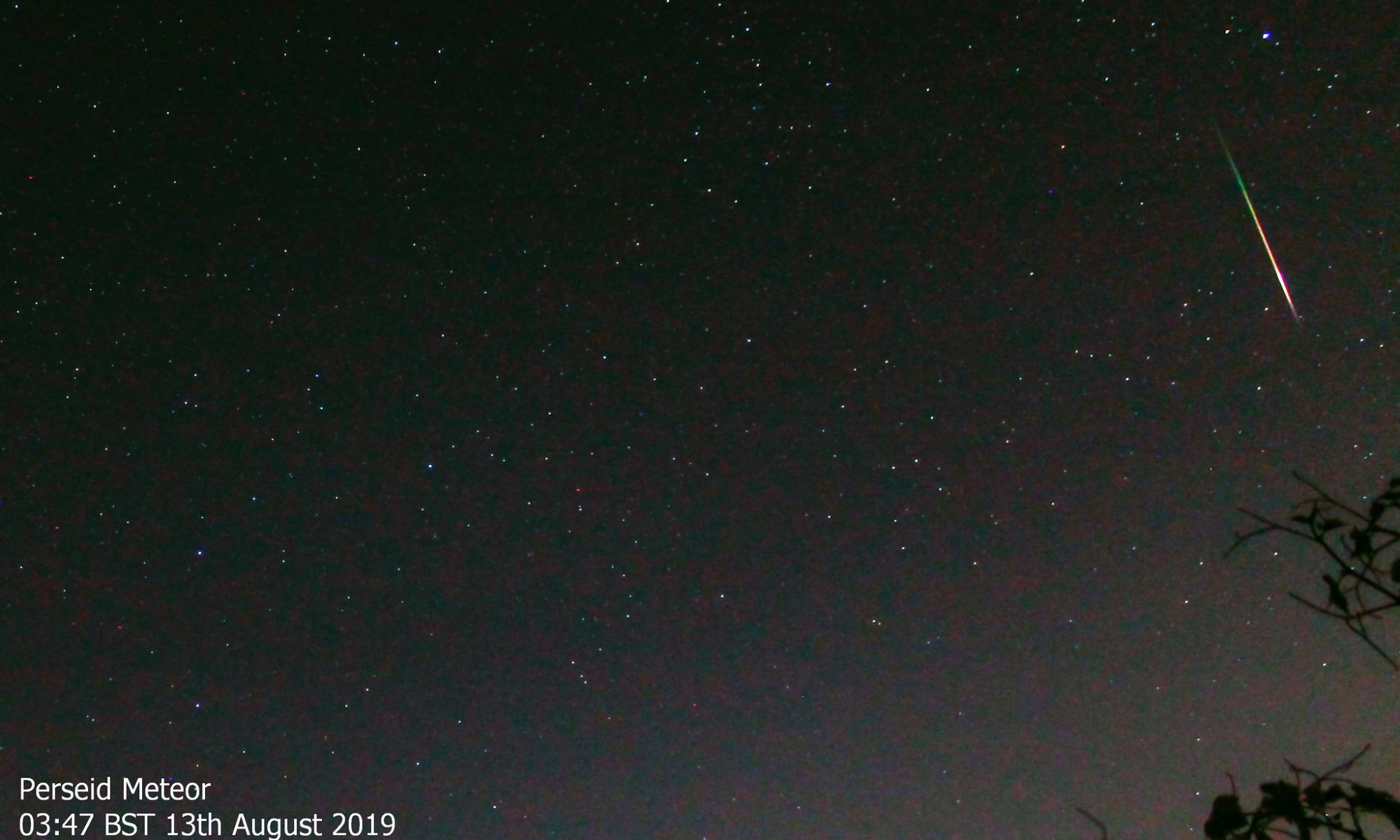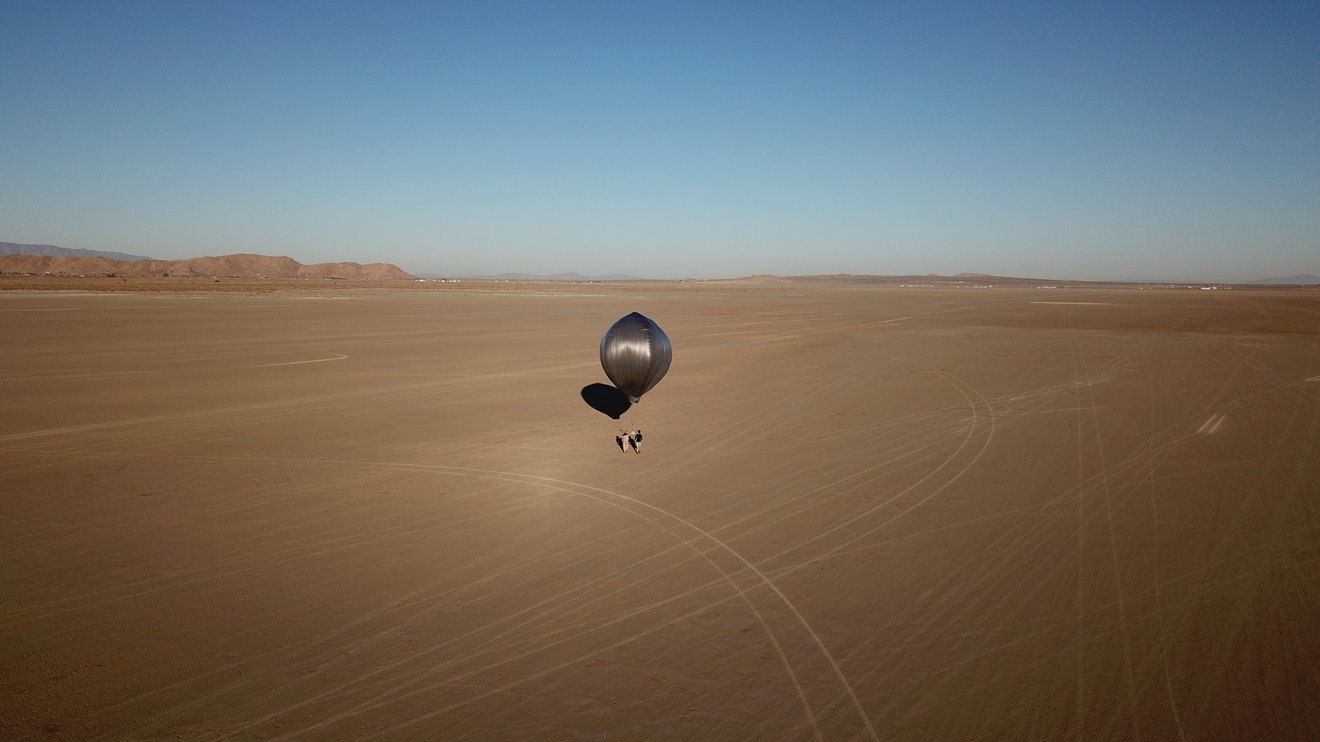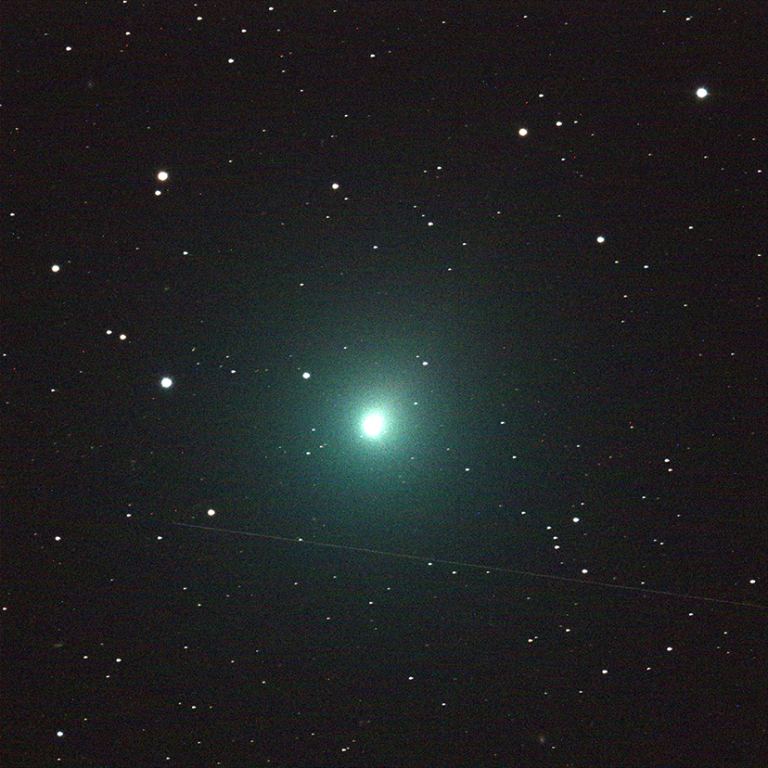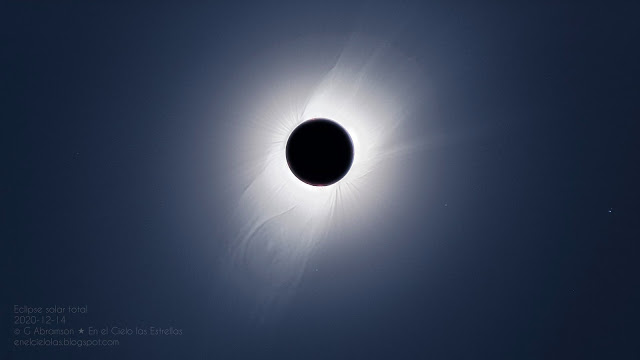A new study shows a way to use quasars to gauge distance in the early Universe.
The simple question of ‘how far?’ gets at the heart of the history of modern astronomy. Looking out across our galactic backyard into the primordial Universe, different yardsticks—often referred to as ‘standard candles’ —are used to gauge various distances, from near to far.
Continue reading “Using Quasars as a New Standard Candle to Define Distance”
